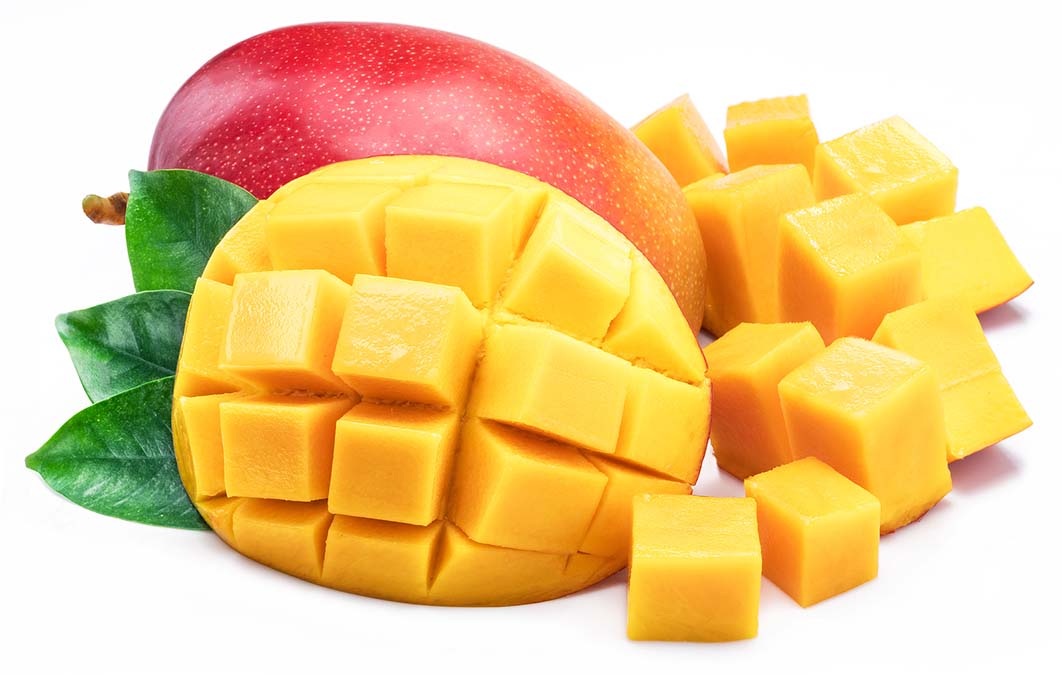 How do a couple of cups of delicious fruit sound as a cure for high blood pressure?
How do a couple of cups of delicious fruit sound as a cure for high blood pressure?
How about it being so effective that you will see your numbers fall almost immediately.
Scientists from the University of California put this delicious fruit to the test in a study recently presented at the American Society for Nutrition’s annual meeting in Boston.
The scientists gave 24 postmenopausal women 330 grams (equal to two cups) of mango every day for 14 days.
They then asked the women to cut mangoes from their diet for the next 13 days.
The women were tested several times during both periods (with and without mangoes in their diet) to check their blood pressure and pulse rates.
The mango had an almost immediate effect, with the systolic blood pressure and pulse rate of the participants dropping significantly just two hours after eating it.
Systolic blood pressure is the amount of pressure your blood exerts against your artery walls when your heart beats. Diastolic blood pressure is the amount of pressure against your arterial walls between heartbeats.
Pulse pressure is the difference between the measured systolic and diastolic pressures. Since the systolic pressures of many people are too high, a reduction in pulse pressure is considered to be healthy.
Since two cups of mango per day is easy and tasty to consume, why not give it a try?
You can eat it raw, use it to make smoothies, juices, chutneys, or sauces, put it in chilies and curries, or add it to muesli or even your morning cereal. The choices are plentiful, and the sky is the limit!
The scientists used honey mango (or Ataulfo) because of its richness in polyphenols.
Other studies have also revealed that mango lowers not only blood pressure, but cholesterol too.

 Overcoming IBD
Overcoming IBD Multiple Sclerosis
Multiple Sclerosis Banishing Bronchitis
Banishing Bronchitis Gum Disease Gone
Gum Disease Gone Overcoming Onychomycosis
Overcoming Onychomycosis Neuropathy No More
Neuropathy No More The Prostate Protocol
The Prostate Protocol Brain Booster
Brain Booster
 Ironbound
Ironbound
 Solution for Shingles
Solution for Shingles
 The Bone Density Solution
The Bone Density Solution
 The Ultimate Healing Protocol
The Ultimate Healing Protocol
 The Parkinson's Protocol
The Parkinson's Protocol
 The Chronic Kidney Disease Solution
The Chronic Kidney Disease Solution
 Overthrowing Anxiety
Overthrowing Anxiety The Fatty Liver Solution
The Fatty Liver Solution The Hypothyroidism Solution
The Hypothyroidism Solution
 The End of Gout
The End of Gout The Blood Pressure Program
The Blood Pressure Program
 The Oxigized Cholesterol Strategy
The Oxigized Cholesterol Strategy
 Stop Snoring And Sleep Apnea Program
Stop Snoring And Sleep Apnea Program
 The Arthritis Strategy
The Arthritis Strategy The Vertigo & Dizziness Program
The Vertigo & Dizziness Program The 3-Step Diabetes Strategy
The 3-Step Diabetes Strategy Hemorrhoids Healing Protocol
Hemorrhoids Healing Protocol The Erectile Dysfunction Master
The Erectile Dysfunction Master Weight Loss Breeze
Weight Loss Breeze The IBS Program
The IBS Program The Insomnia Program
The Insomnia Program The Migraine and Headache Program
The Migraine and Headache Program The Neck Pain Solution
The Neck Pain Solution The Menopause Solution
The Menopause Solution The Ejaculation Master
The Ejaculation Master The TMJ Solution
The TMJ Solution The Acid Reflux Solution
The Acid Reflux Solution The Fibromyalgia Solution
The Fibromyalgia Solution The Psoriasis Strategy
The Psoriasis Strategy